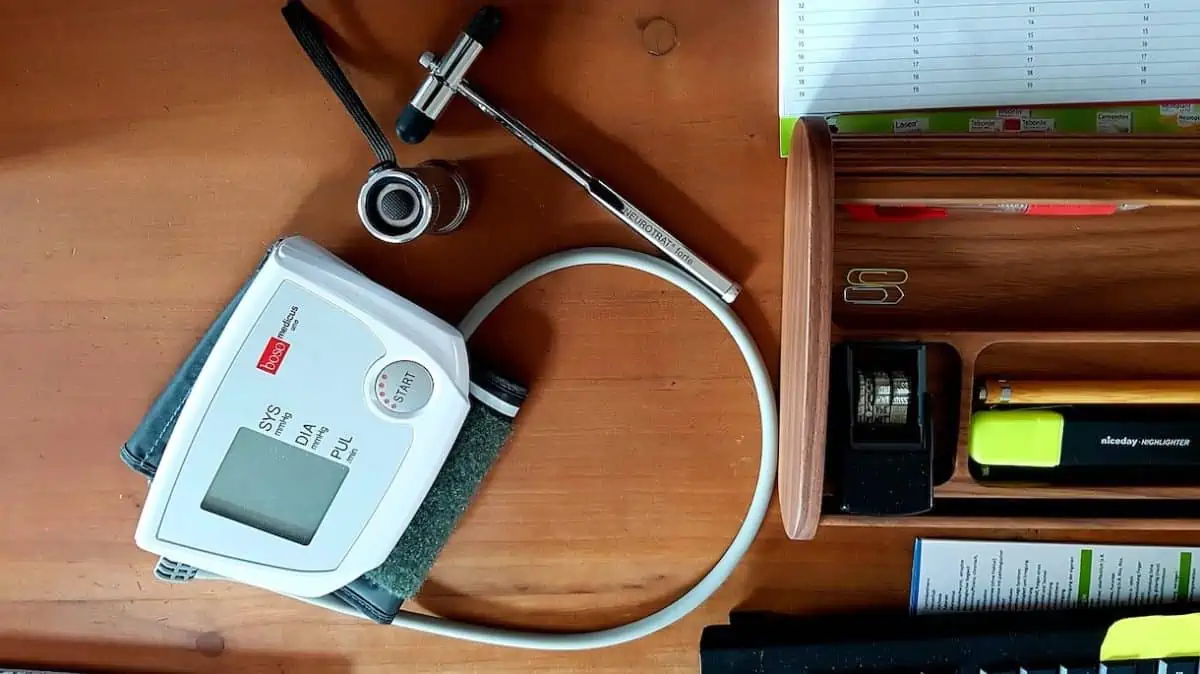Remote Patient Monitoring (RPM) is a way to monitor someone’s health through technology. Without the need to be in a traditional clinical environment, certain information about the patient’s health status is electronically sent to their doctor, who can monitor this data remotely.
Such technologies began to be developed in the 1960s. The first manned space missions required that it be possible to send data on astronauts’ blood pressure and breathing back to Earth.
Today it is no longer necessary to be in orbit to have access to these remote monitoring systems. Let’s take a look at some of them to understand how technology is changing the lives of both patients and doctors.
Remote Patient Monitoring Devices
The global RPM market is doing very well;, according to trajectory reports. After totaling $23.2 billion in 2020, it is expected to reach $117.1 billion by 2025. This has led to frequent investments in new technologies and the simplification of existing devices. Today, these are the most common monitoring devices on the market:
Continuous Glucose Monitors
Also known simply as glucometers, these devices are used daily by patients with type 1 and 2 diabetes. It’s capable of quickly testing blood sugar from a single drop of blood. The glucose reading is sent in real-time to the doctor or health provider, who can follow the evolution of the condition quickly and efficiently.
Digital Blood Pressure Monitors
The doctor usually measures your pressure using blood pressure cuffs. But those who suffer from hypertension (116 million people only in the US, according to recent data) can benefit from using one of these devices at home.
Easy to use, blood pressure monitors allow anyone to check it periodically and send the data via Bluetooth. That way, doctors can monitor the patient’s heart status daily, not just every appointment.
Activity Trackers
These devices keep connected to the patient’s body during the day. That is why they are also popularly called wearables. Some work through a sticker or patch, but technology has advanced enough to allow monitoring by smartwatches.
Activity trackers allow the doctor to understand the patient’s daily routine, receiving data on heart rate, blood pressure, glucose, stress, and even if they had a peaceful night’s sleep.
Heart Rate Monitors
Elite athletes who tend to have heavy workout routines use heart rate monitors to check how fast their hearts are beating. While many people rely on reading their smartwatches, doctors recommend that patients with heart conditions wear chest-worn heart rate monitors. They work as an electrocardiogram and measure the heart rate more accurately.
ECG Devices
An electrocardiogram (ECG) is used by patients suffering from chronic heart disease to measure their heartbeat and detect arrhythmias or other changes. Patients in their own homes can use modern devices. The daily readings are sent directly for review or saved in a portal so the doctor can follow weekly, biweekly or monthly averages later.
Pulse Oximeters
This is another technology that has become more practical and accessible. It’s a clip attached to the patient’s finger (sometimes to the earlobe) to measure blood oxygen levels and arterial pulse. People with chronic heart disease often use them, but the device also helps monitor lung changes in patients with pneumonia or asthma.
The Benefits of Remote Patient Monitoring Systems
Any patient can now use monitoring devices once available to a few. Among the benefits provided by these technologies are the following.
Chronic Care
The possibility of managing long-term diseases, as well as urgent medical conditions.
In-Home Services
RPMs enable the setting up of hospital-at-home programs.
No Commute Time
There is no need to travel back and forth to hospitals or clinics just to take a routine measurement.
Establishing Trust
Help develop trust and transparency in the patient-physician relationship.
However, it is important to note that many people have been using remote devices (such as smartwatches), and tracking information on their own. RPMs need to have EHR integration for the technology to be totally effective.
What is EHR? It stands for “Electronic Health Records,” the digital version of a patient’s medical chart. When integration exists, these electronic software devices can access your medical records, and the monitored data is recorded and kept available for physicians and healthcare providers to review.
A Medical Clinic at Home
Remember when you needed to make an appointment with your doctor just to have your blood pressure measured or do an ECG? It was a long process of waiting and anxiety. Modern remote monitoring devices now allow healthcare professionals to follow and understand the full picture of their patient’s symptoms over time, and not just in a face-to-face visit.
Furthermore, such devices have become so simple that the patient himself can read the data and notice any worrying changes. It allows patients with chronic diseases to be monitored remotely, frequently, and safely, to have a more peaceful routine. Knowing that a specialist is keeping an eye on their situation – even if from a distance.

